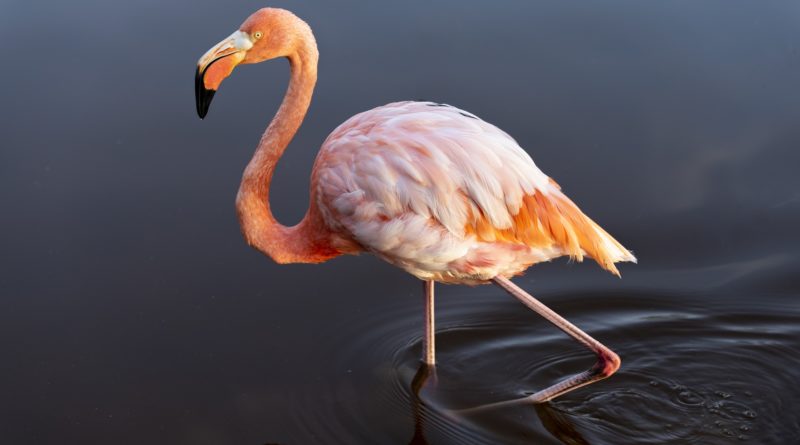Why are flamingos pink?
SHORT ANSWER
Because their diet is full of carotenoids.
FULL STORY
Carotenoids are found in various foods, including carrots and tomatoes, and they’re also in the algae, shrimps and crustaceans eaten by the world’s six flamingo species.
Just as you or I would turn orange if we ate enough carrots (please don’t), flamingos get their colour from a carotenoid-packed diet.
According to the New Scientist: “Once eaten, enzymes in the flamingo’s digestive system break down the beta carotene [a carotenoid] and the red-orange pigments are absorbed by the fat in its liver. These fats are then deposited in the flamingo’s feathers and skin as it grows. As their diet is almost exclusively from sources rich in beta carotene, flamingos gradually become pink.”
This takes time. The birds start life with grey or white feathers, only getting their full rosy glow after a couple of years.
Bright pink feathers are a sign of health in flamingos – and those with the brightest colours use this vitality to behave more aggressively towards rivals. In tougher times, they fade. For example, they become paler after breeding (many human parents may identify with this faded-flamingo feeling).




